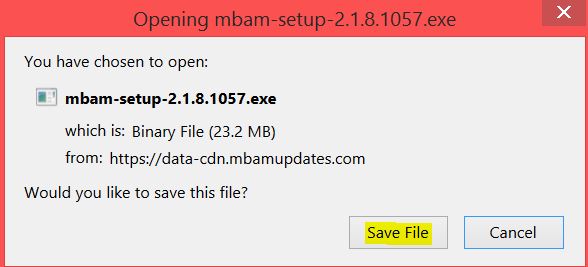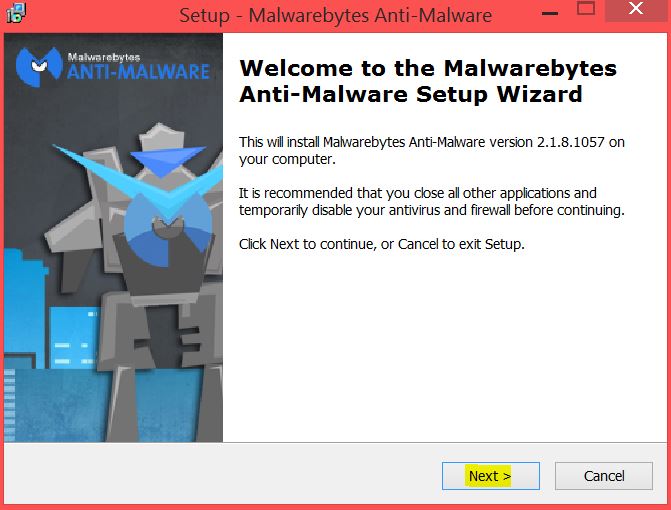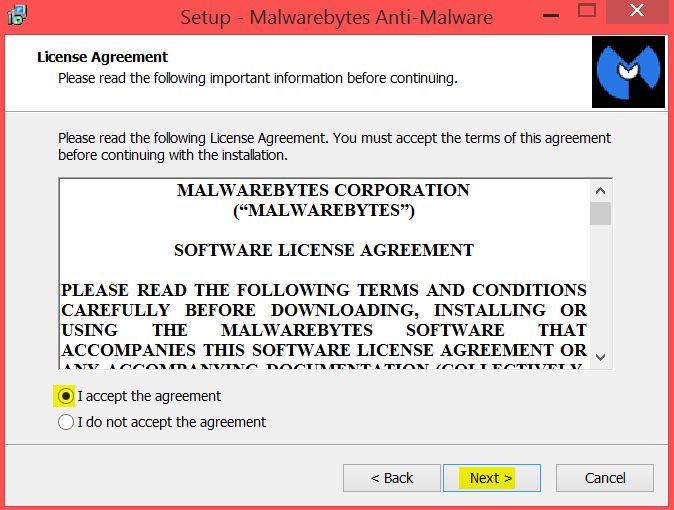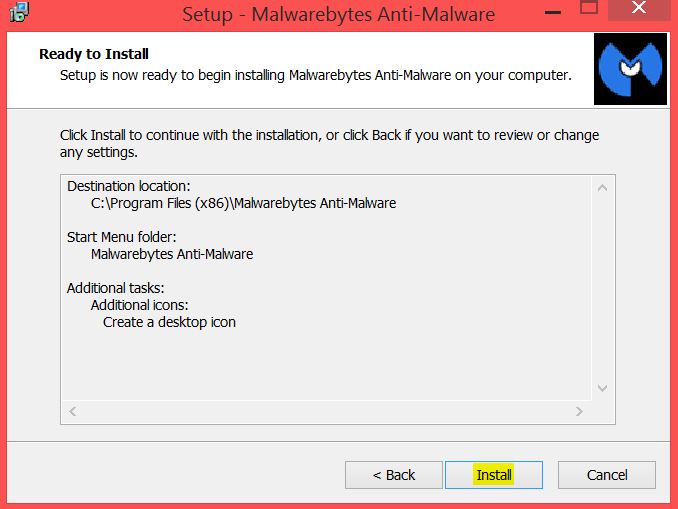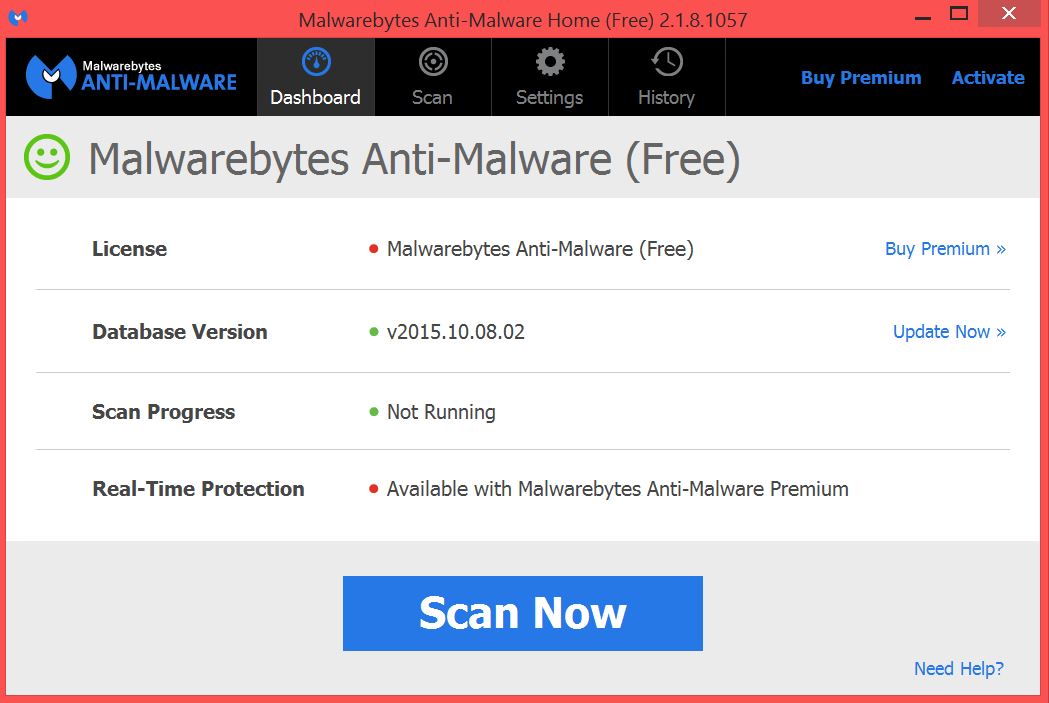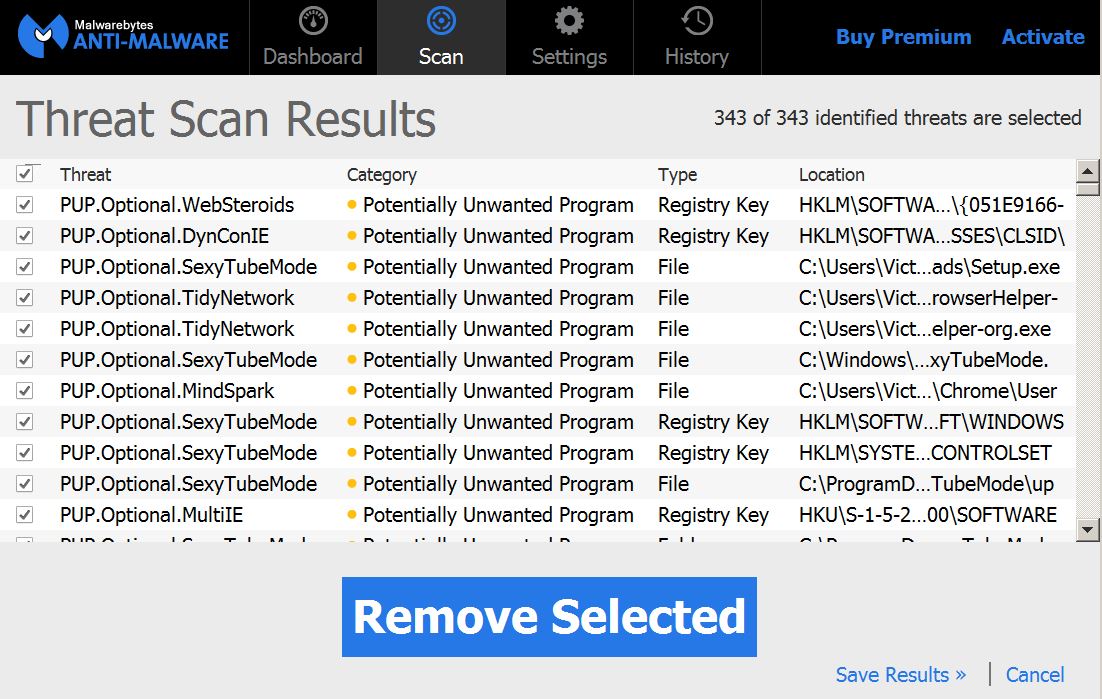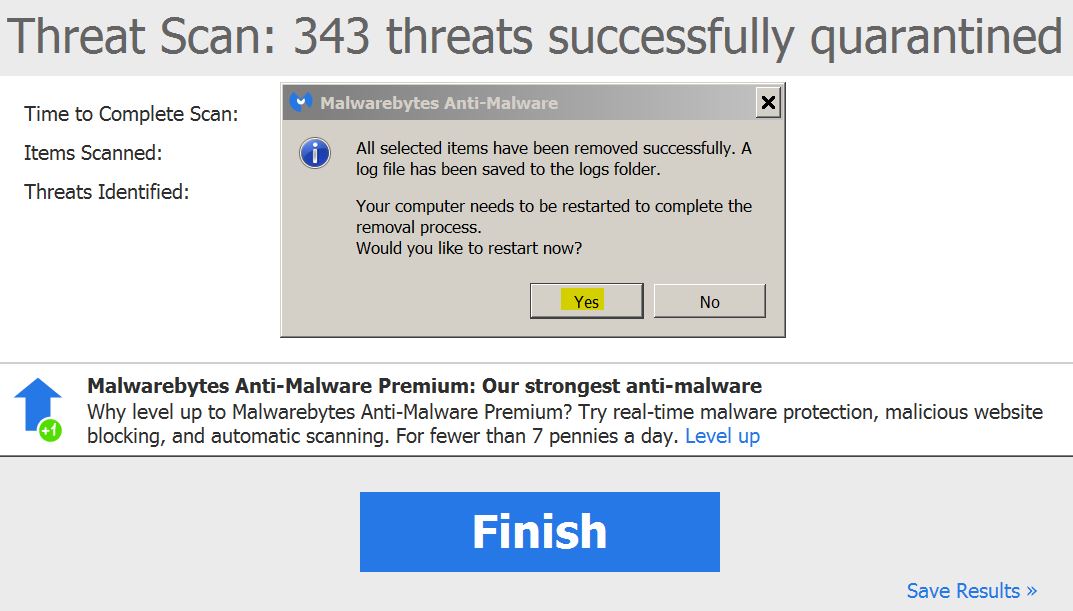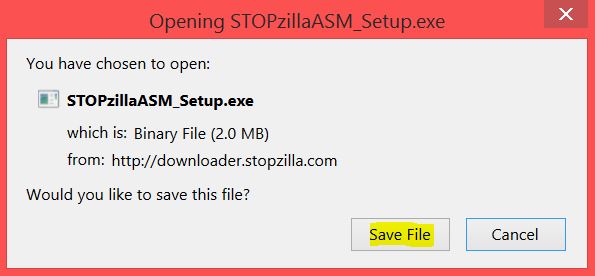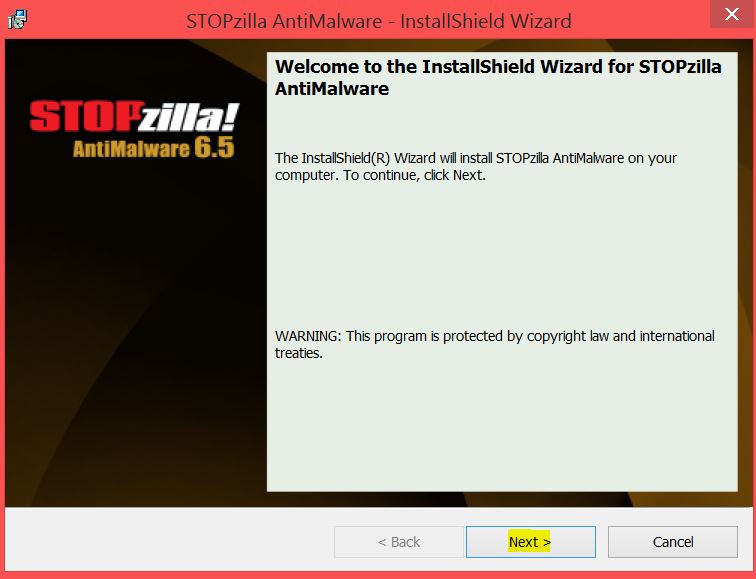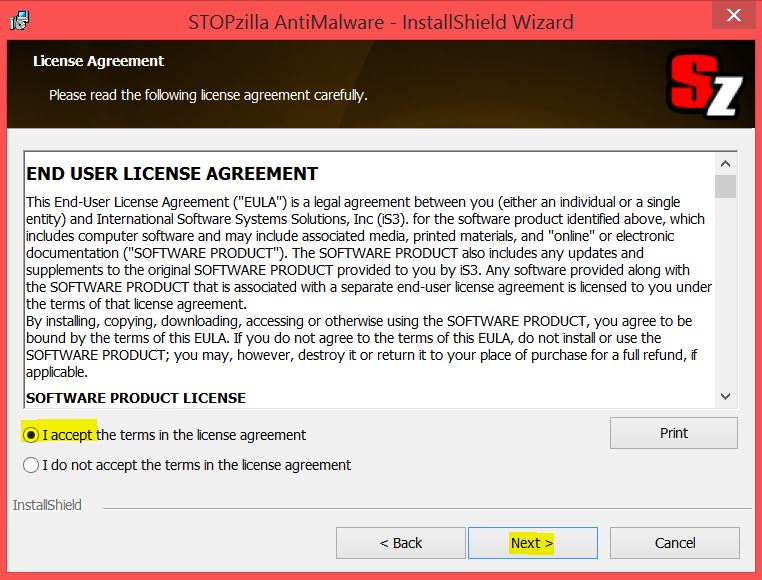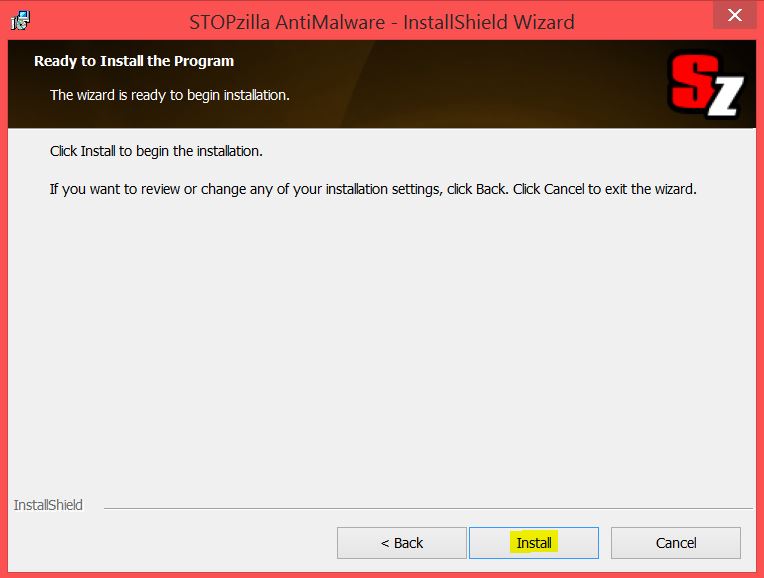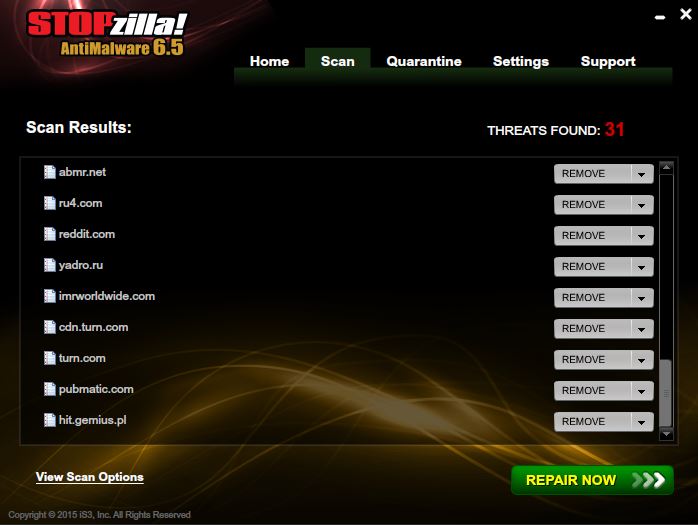 A new downloader type of Trojan has been reported to cause unauthorized downloads on user PCs infecting them with malware. The Trojan.Downloader may use obfuscators to conceal itself from most widespread antivirus software’s real-time protection. You may encounter this Trojan in case you have other malware or adware on your computer. It is strongly recommended to scan for and remove this Trojan if it is residing your computer.
A new downloader type of Trojan has been reported to cause unauthorized downloads on user PCs infecting them with malware. The Trojan.Downloader may use obfuscators to conceal itself from most widespread antivirus software’s real-time protection. You may encounter this Trojan in case you have other malware or adware on your computer. It is strongly recommended to scan for and remove this Trojan if it is residing your computer.
| Name | Poshedo |
| Type | Trojan.Downloader |
| Short Description | Infects the user PC and connects to third-party hosts to download other files on the infected device. |
| Symptoms | The user may witness all of the symptoms of viruses, adware, spyware, rootkit, ransomware and other malware on his PC. The trojan may not be noticed until its detected via an anti-malware scan. |
| Distribution Method | Via PUPs, installed by bundling (Browser Hijackers) or by visiting a suspicious third-party site that is advertising it. |
| Detection Tool | Download Malware Removal Tool, to See If Your System Has Been Affected by malware |
| User Experience | Join our forum to discuss Poshedo. |
Poshedo Trojan – How Did I Get It
This Trojan may be spread via different types of spam emails. They may either resemble a service the user is registered for or mimic a reputable sender or someone from the contact list of the recipient. Symantec researchers have reported that the Trojan may arrive via what appears to be a modified .lnk shortcut. It may be in an archive (.zip, .rar. 7z) and the shortcut may have different names. The most used names by this downloader may contain the following keywords in them:
- “Order”.
- “Refund”.
- “Receipt”.
- “Product”.
- “Contract”.
Poshedo Trojan In Detail
Symantec malware researchers have outlined in their report about Poshedo, that once the Trojan is activated it may immediately connect to one of the following hosts:
→ Directexe(dot)com/Xmm/bb
sjc4911.com/(dot)sql/mike
directexe(dot)com/Xmm/bb
aromkampanya(dot)com/latin/wido
directexe(dot)com/2D2A/bg
secureemail(dot)bz/ink
sjc4911.com/(dot)sql/stanr
nevergreen(dot)net/8
zohaibnadeemgroup(dot)com/pic/harris
messystaging.com/(dot)sql/mike
aromkampanya.com/sumo
tnservice.com(dot)au/isp/ugogene
www.algerie-focus(dot)com/wp-content/uploads/2016/02/01
nevergreen(dot)net/8
directexe(dot)com/2D2A/bg
nevergreen(dot)net/6
online-dropbox(dot)com/online/
droidgraphix(dot)xyz/user02/iptoo
www.amspeconline(dot)com/123/etna
jacoblennox(dot)com/wp-includes/putt
hecforex(dot)info/wp-includes/upd
All users who know how to block these malicious URLs should immediately add them to their blacklist to prevent any intrusions.These and other hosts Poshedo may connect to, might be directly dangerous to your computer because the Trojan may download several types of malware on your computer:
Ransomware – this particular malware activates itself and encrypts your files data, extorting you for money to decrypt them. Examples may be the widespread TeslaCrypt, Locky or Cryptowall 4.0.
Rootkit – this malware type may situate itself on your firmware, and it can only be cleaned via a boot scan with special anti-rootkit tools. Some rootkits are designed to remain on your computer even after a disk wipe.
Adware Viruses – these types of cyber threats contain malicious scripts that give them permissions to fill your computer with various pop-ups, fake antivirus software, and even browser redirects. They may lead to many other infections indirectly.
Killdisk Malware – this type of malware may directly destroy the data on your hard drive, replacing key files with corrupted ones. This results in you immediately losing your data.
Lockscreen Malware – this malware is ransomware, but instead of encrypting your files it may lock your screen and prevent you from accessing your computer. It may be devastating.
RATs (Remote access Trojan) – to best understand this threat imagine that the cyber-criminal has a remote control for your computer and can see everything you’re doing at any point in time. This includes keylogging your passwords while you are typing them, taking screenshots and other malicious deeds of the type.
These and other potential threats exist out there, and this Trojan may be the malware used to download them on your computer.
Remove Poshedo Trojan Completely
This cyber-threat may have already been removed by your anti-malware or antivirus program. However, it may lead to other malware, and this is why we advise following the step-by-step instructions outlined below to successfully be rid of this other malware that may be currently residing on your personal computer.
Preparation before removing Poshedo.
Before starting the actual removal process, we recommend that you do the following preparation steps.
- Make sure you have these instructions always open and in front of your eyes.
- Do a backup of all of your files, even if they could be damaged. You should back up your data with a cloud backup solution and insure your files against any type of loss, even from the most severe threats.
- Be patient as this could take a while.
- Scan for Malware
- Fix Registries
- Remove Virus Files
Step 1: Scan for Poshedo with SpyHunter Anti-Malware Tool



Step 2: Clean any registries, created by Poshedo on your computer.
The usually targeted registries of Windows machines are the following:
- HKEY_LOCAL_MACHINE\Software\Microsoft\Windows\CurrentVersion\Run
- HKEY_CURRENT_USER\Software\Microsoft\Windows\CurrentVersion\Run
- HKEY_LOCAL_MACHINE\Software\Microsoft\Windows\CurrentVersion\RunOnce
- HKEY_CURRENT_USER\Software\Microsoft\Windows\CurrentVersion\RunOnce
You can access them by opening the Windows registry editor and deleting any values, created by Poshedo there. This can happen by following the steps underneath:


 Tip: To find a virus-created value, you can right-click on it and click "Modify" to see which file it is set to run. If this is the virus file location, remove the value.
Tip: To find a virus-created value, you can right-click on it and click "Modify" to see which file it is set to run. If this is the virus file location, remove the value.Step 3: Find virus files created by Poshedo on your PC.
1.For Windows 8, 8.1 and 10.
For Newer Windows Operating Systems
1: On your keyboard press + R and write explorer.exe in the Run text box and then click on the Ok button.

2: Click on your PC from the quick access bar. This is usually an icon with a monitor and its name is either “My Computer”, “My PC” or “This PC” or whatever you have named it.

3: Navigate to the search box in the top-right of your PC's screen and type “fileextension:” and after which type the file extension. If you are looking for malicious executables, an example may be "fileextension:exe". After doing that, leave a space and type the file name you believe the malware has created. Here is how it may appear if your file has been found:

N.B. We recommend to wait for the green loading bar in the navigation box to fill up in case the PC is looking for the file and hasn't found it yet.
2.For Windows XP, Vista, and 7.
For Older Windows Operating Systems
In older Windows OS's the conventional approach should be the effective one:
1: Click on the Start Menu icon (usually on your bottom-left) and then choose the Search preference.

2: After the search window appears, choose More Advanced Options from the search assistant box. Another way is by clicking on All Files and Folders.

3: After that type the name of the file you are looking for and click on the Search button. This might take some time after which results will appear. If you have found the malicious file, you may copy or open its location by right-clicking on it.
Now you should be able to discover any file on Windows as long as it is on your hard drive and is not concealed via special software.
Poshedo FAQ
What Does Poshedo Trojan Do?
The Poshedo Trojan is a malicious computer program designed to disrupt, damage, or gain unauthorized access to a computer system.
It can be used to steal sensitive data, gain control over a system, or launch other malicious activities.
Can Trojans Steal Passwords?
Yes, Trojans, like Poshedo, can steal passwords. These malicious programs are designed to gain access to a user's computer, spy on victims and steal sensitive information such as banking details and passwords.
Can Poshedo Trojan Hide Itself?
Yes, it can. A Trojan can use various techniques to mask itself, including rootkits, encryption, and obfuscation, to hide from security scanners and evade detection.
Can a Trojan be Removed by Factory Reset?
Yes, a Trojan can be removed by factory resetting your device. This is because it will restore the device to its original state, eliminating any malicious software that may have been installed. Bear in mind, that there are more sophisticated Trojans, that leave backdoors and reinfect even after factory reset.
Can Poshedo Trojan Infect WiFi?
Yes, it is possible for a Trojan to infect WiFi networks. When a user connects to the infected network, the Trojan can spread to other connected devices and can access sensitive information on the network.
Can Trojans Be Deleted?
Yes, Trojans can be deleted. This is typically done by running a powerful anti-virus or anti-malware program that is designed to detect and remove malicious files. In some cases, manual deletion of the Trojan may also be necessary.
Can Trojans Steal Files?
Yes, Trojans can steal files if they are installed on a computer. This is done by allowing the malware author or user to gain access to the computer and then steal the files stored on it.
Which Anti-Malware Can Remove Trojans?
Anti-malware programs such as SpyHunter are capable of scanning for and removing Trojans from your computer. It is important to keep your anti-malware up to date and regularly scan your system for any malicious software.
Can Trojans Infect USB?
Yes, Trojans can infect USB devices. USB Trojans typically spread through malicious files downloaded from the internet or shared via email, allowing the hacker to gain access to a user's confidential data.
About the Poshedo Research
The content we publish on SensorsTechForum.com, this Poshedo how-to removal guide included, is the outcome of extensive research, hard work and our team’s devotion to help you remove the specific trojan problem.
How did we conduct the research on Poshedo?
Please note that our research is based on an independent investigation. We are in contact with independent security researchers, thanks to which we receive daily updates on the latest malware definitions, including the various types of trojans (backdoor, downloader, infostealer, ransom, etc.)
Furthermore, the research behind the Poshedo threat is backed with VirusTotal.
To better understand the threat posed by trojans, please refer to the following articles which provide knowledgeable details.













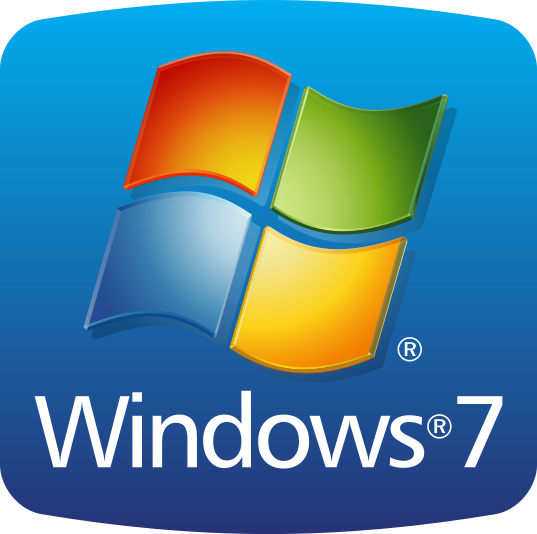 1. For Windows 7,XP and Vista.
1. For Windows 7,XP and Vista.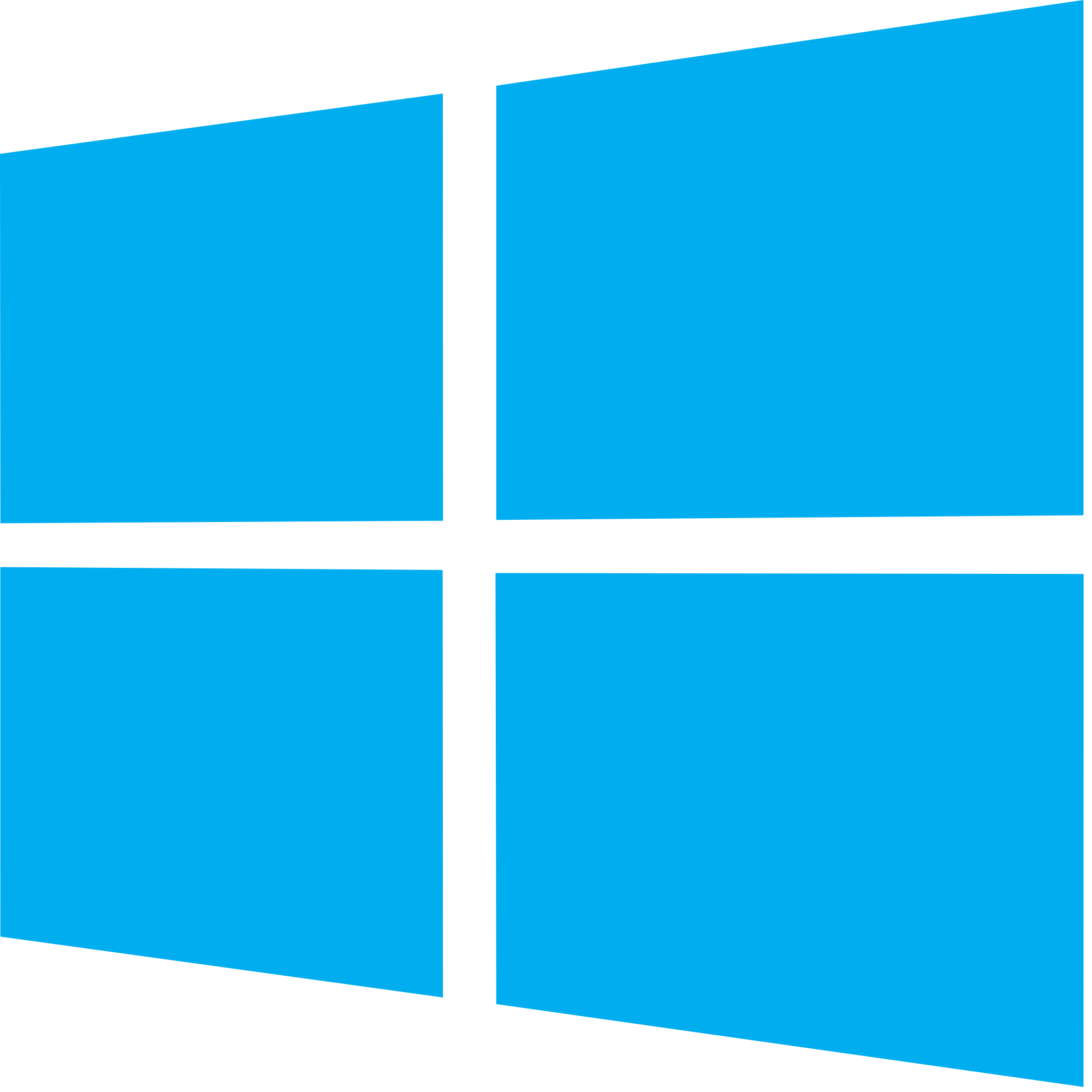 2. For Windows 8, 8.1 and 10.
2. For Windows 8, 8.1 and 10.
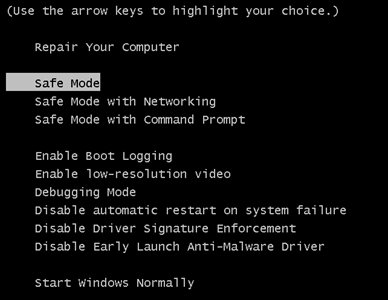
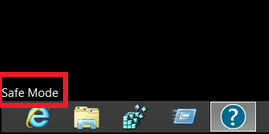
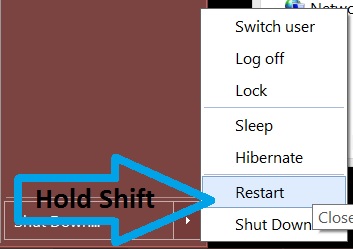
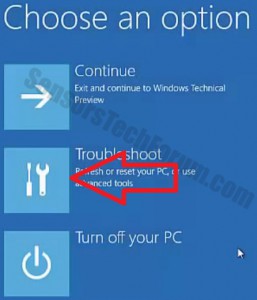
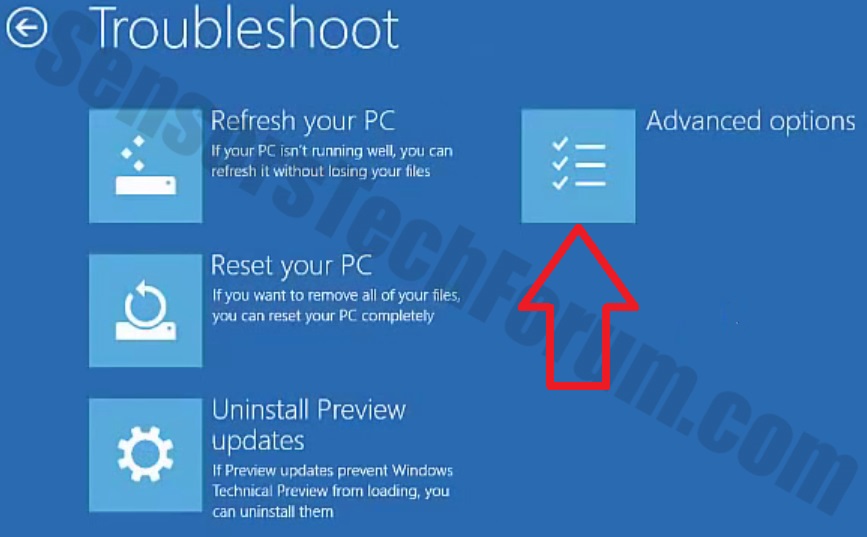
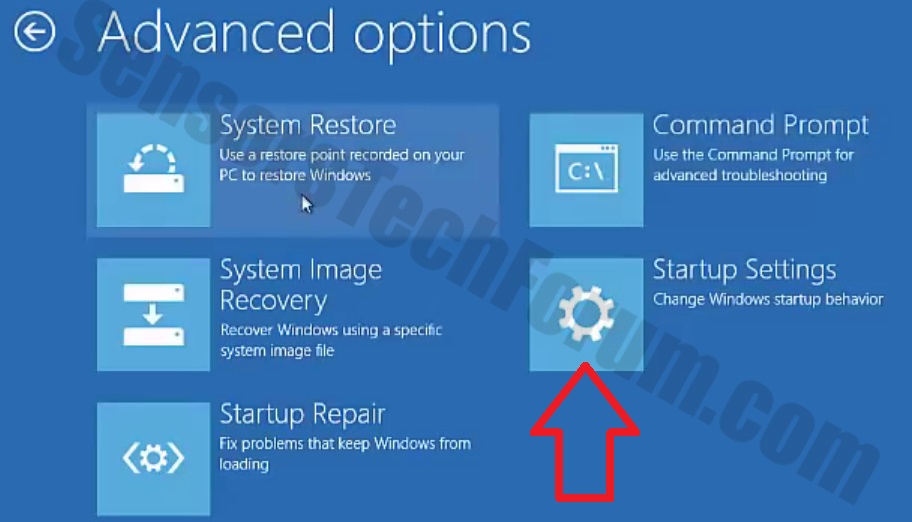
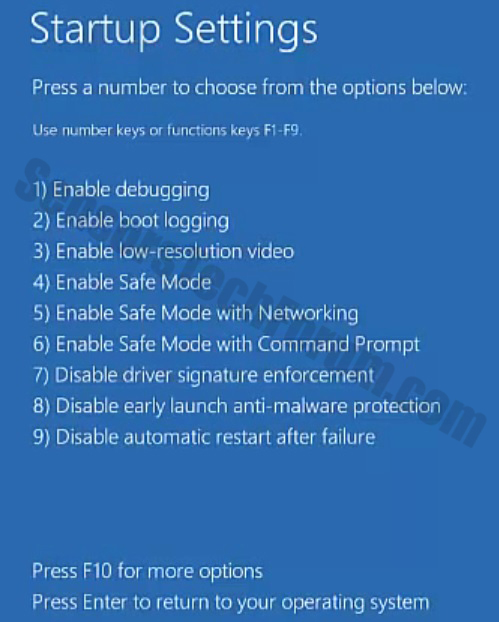
 1. Install SpyHunter to scan for and remove Poshedo.
1. Install SpyHunter to scan for and remove Poshedo.
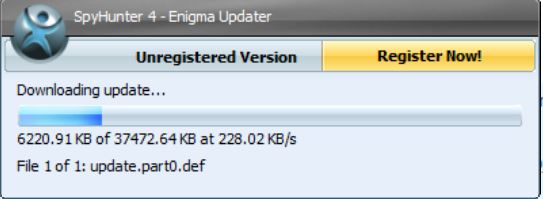
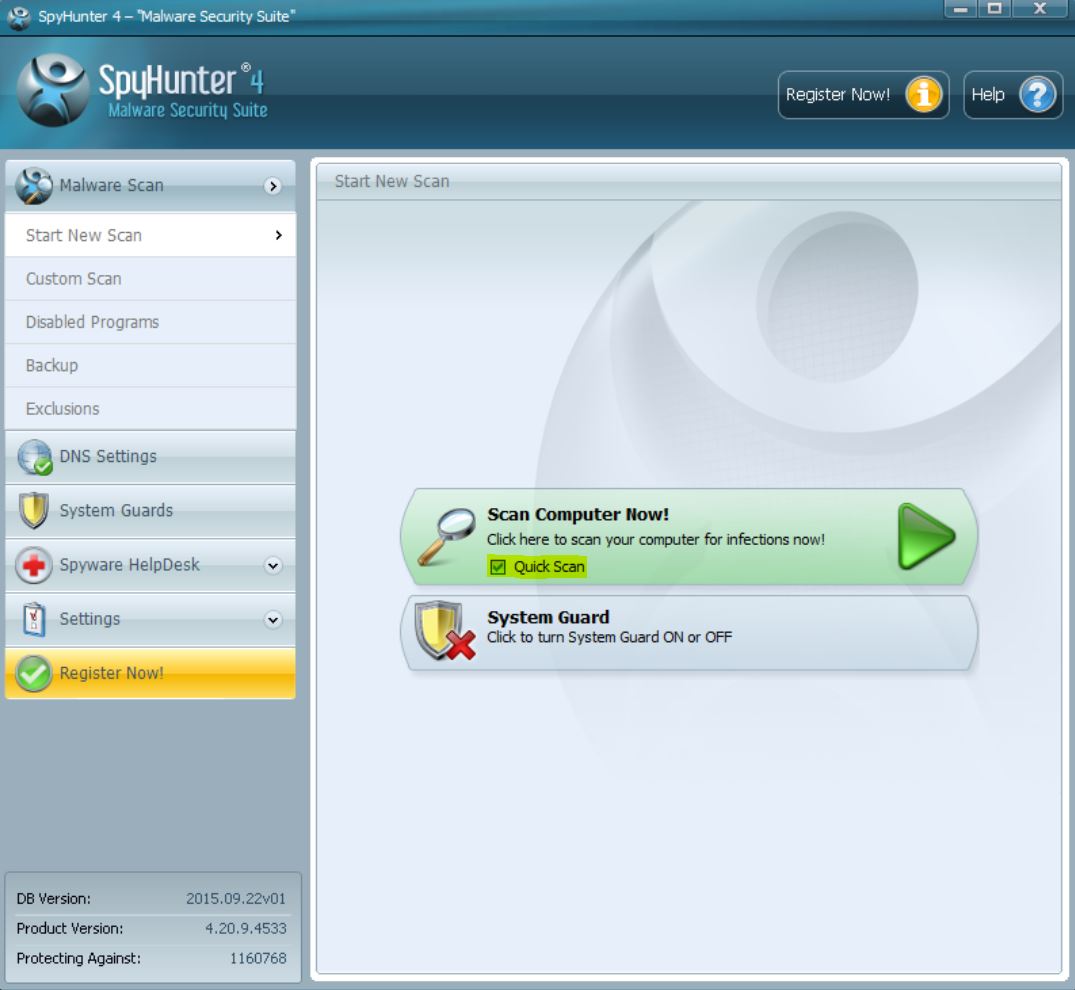
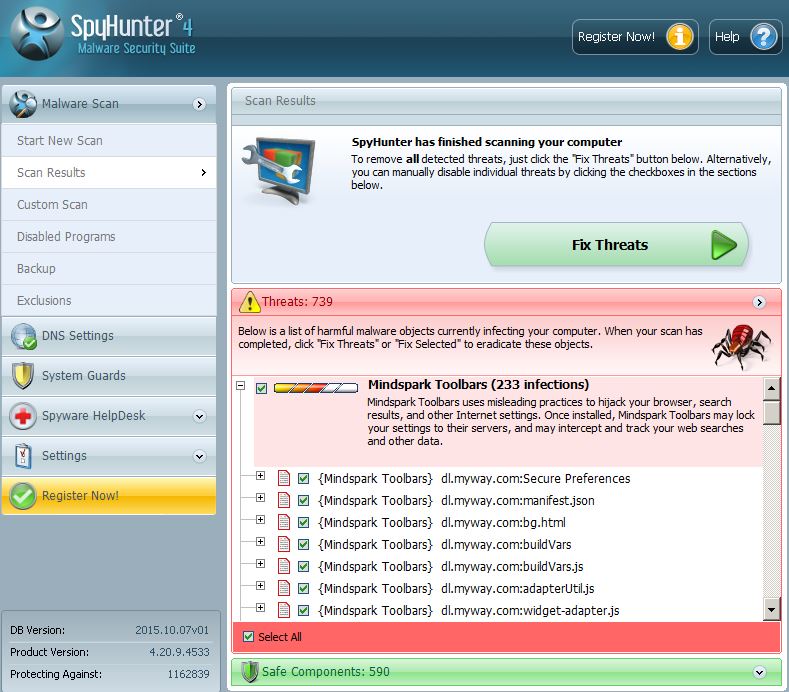
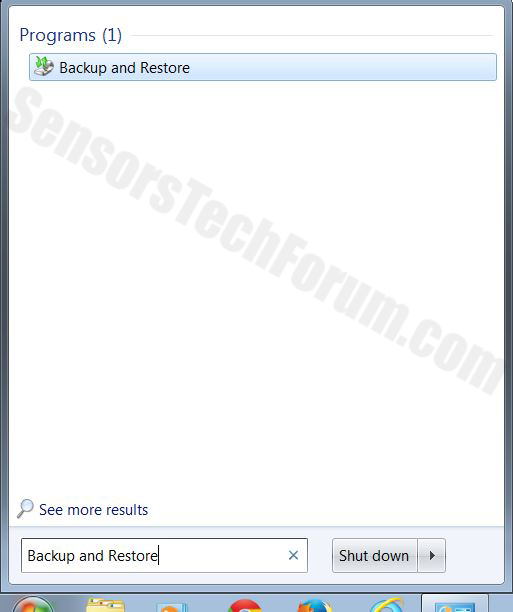
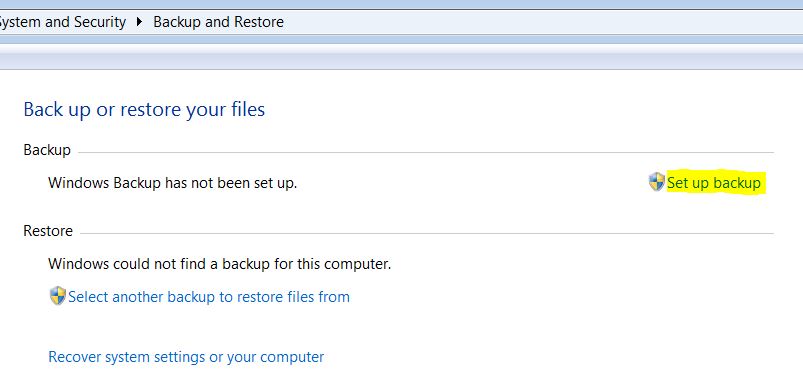
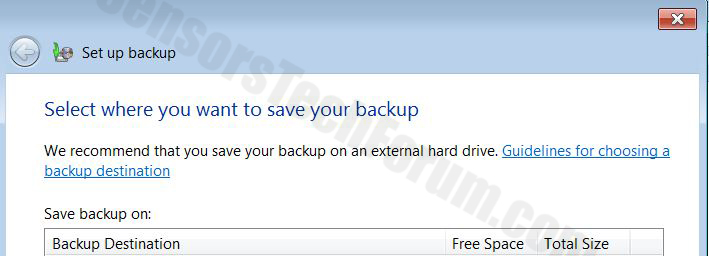
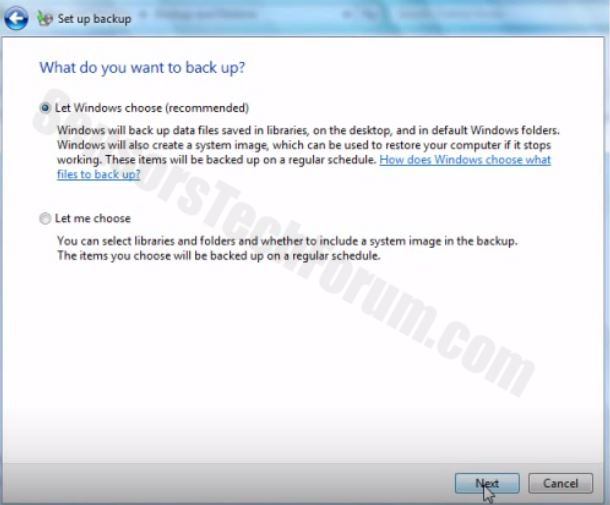
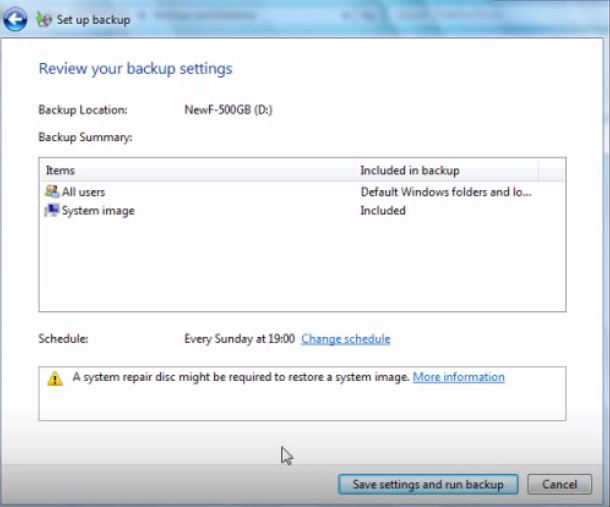
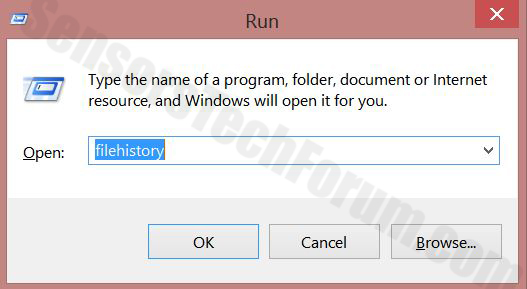
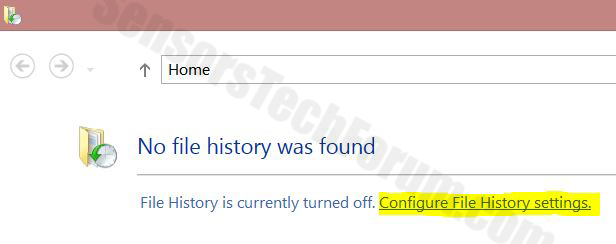
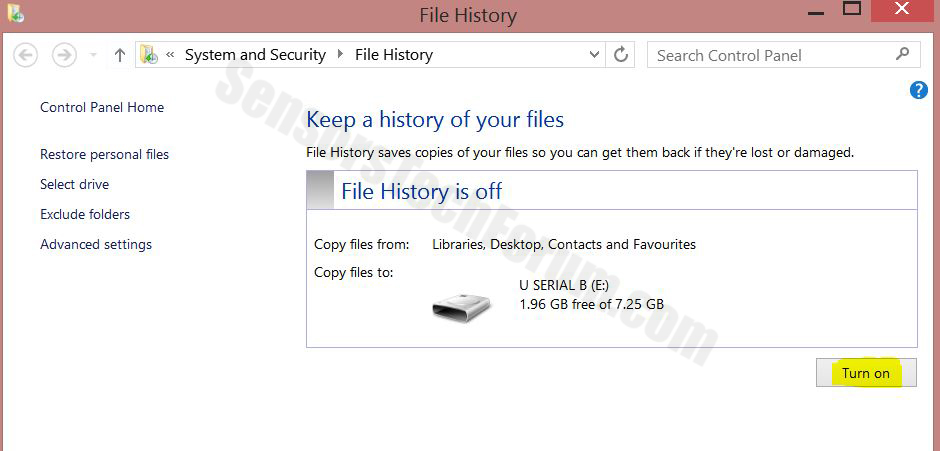
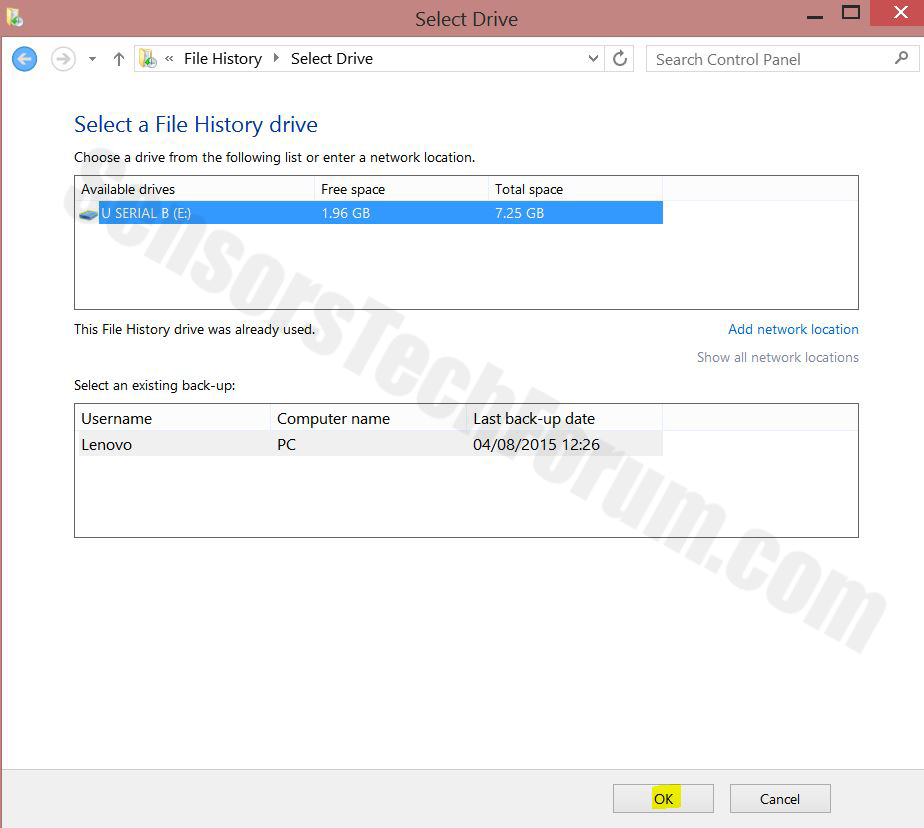
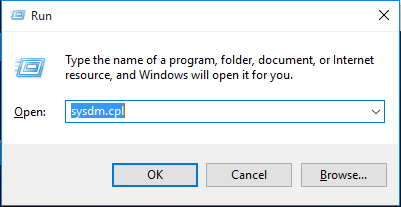
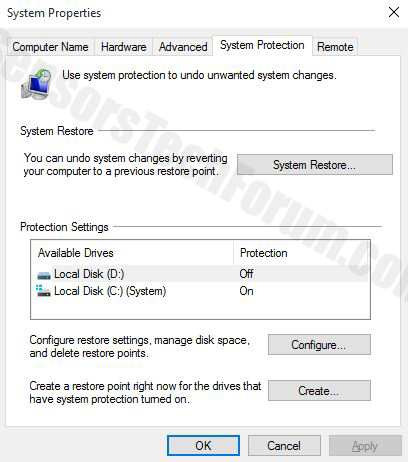
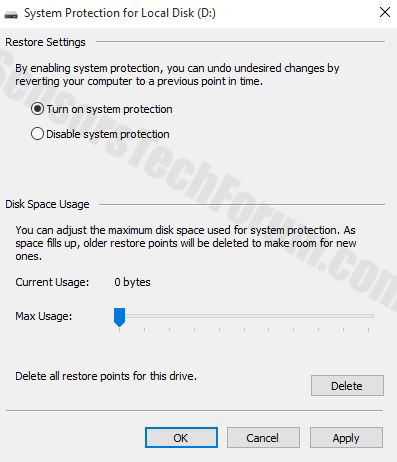
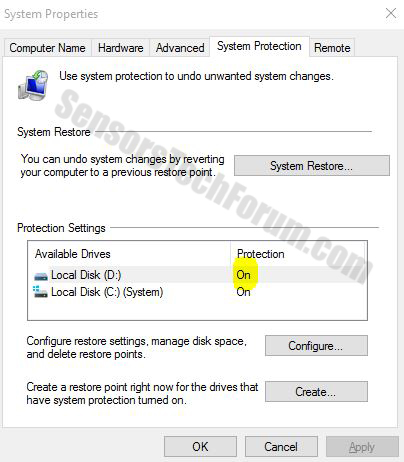
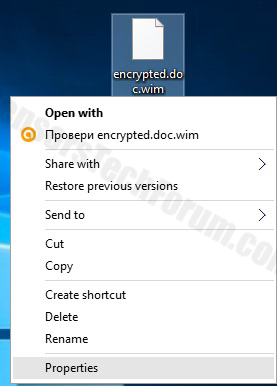
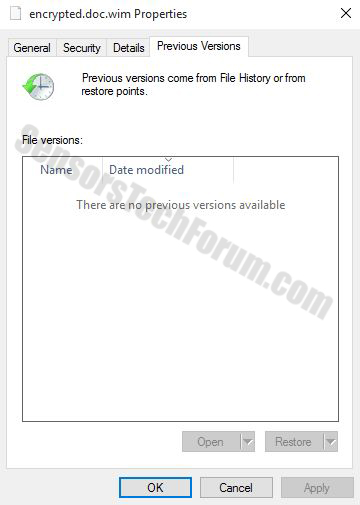
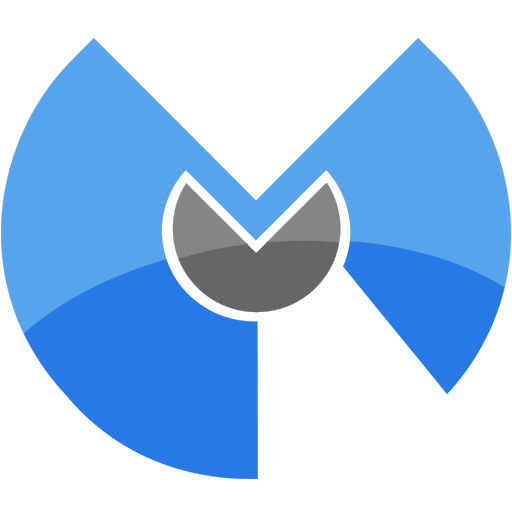 Malwarebytes Anti-Malware
Malwarebytes Anti-Malware STOPZilla Anti Malware
STOPZilla Anti Malware